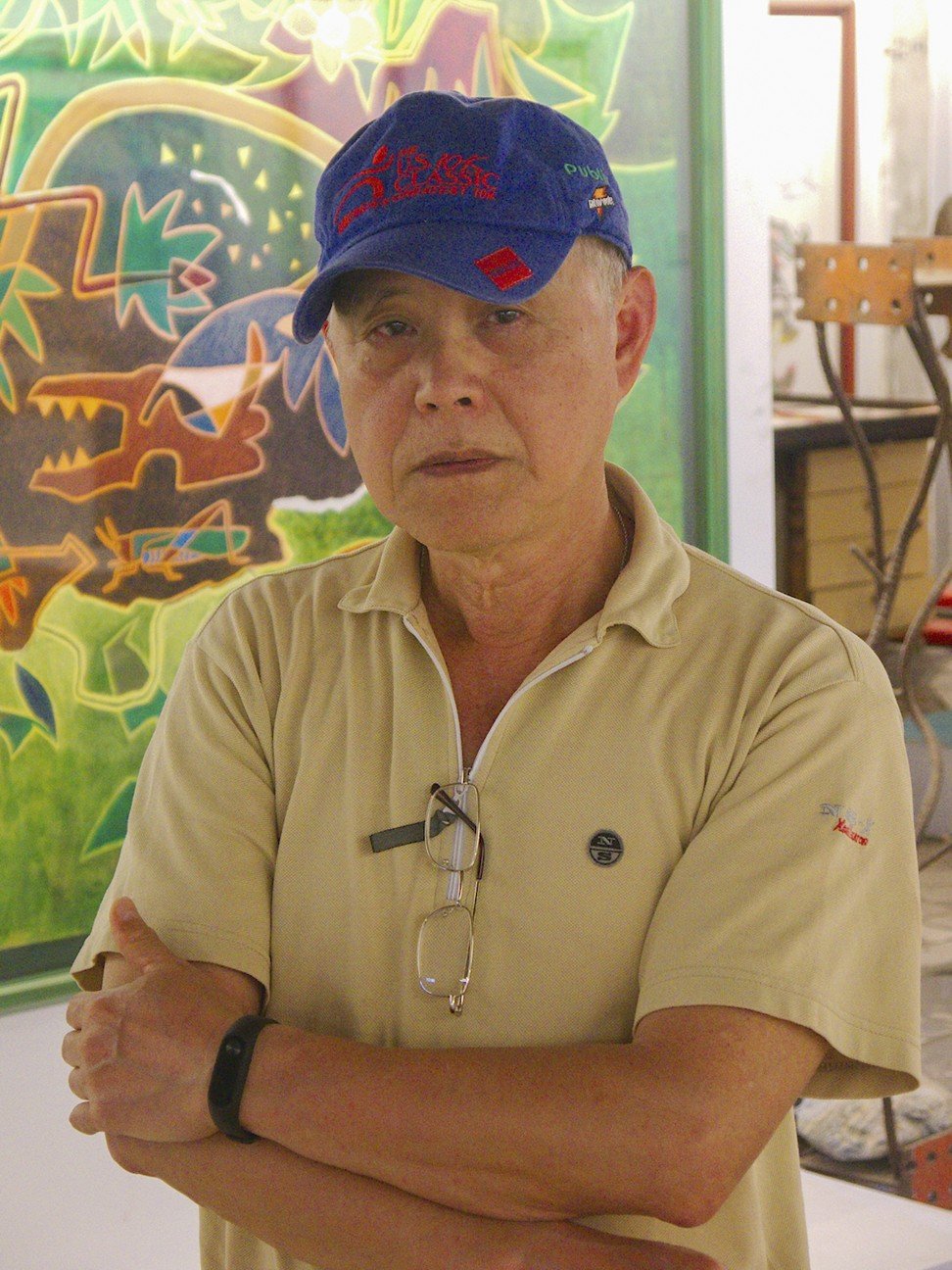
Why you should visit Hualien post-earthquake: friendly, scenic, relaxing and in need of tourists
After a 6.4 magnitude earthquake struck near Hualien city in February, the resort city has been cleaned up, but is still waiting for tourists to return. Its shabby chic, laid-back nature and beautiful scenery, combined with cheap flights and boutique hotels make it a perfect destination for Hongkongers

It has been less than three months since a deadly earthquake devastated the Taiwanese resort city of Hualien, claiming the lives of 17 people, and residents are still suffering from the economic aftershock.
International news media gave extensive coverage to the 6.4 magnitude quake when it struck 10 minutes before midnight on February 6, and disturbing images of collapsed hotels, and residential blocks listing at seemingly impossible angles, went viral on the internet.
Following a determined clean-up exercise, there is little indication of the physical destruction wrought on the quiet seaside city, but the impact on its tourism industry has been catastrophic.

“For two months after the quake, no one came. Locals are used to it but the tourists were scared,” says local artist Lin Chin-fong, who is completing a sculpture at the port and exhibits his vivacious abstract paintings in the nearby gallery and cafe.
“Even now we only have about 50 per cent of the usual numbers of visitors,” he says – and there are none to be seen during the course of our 30-minute conversation.
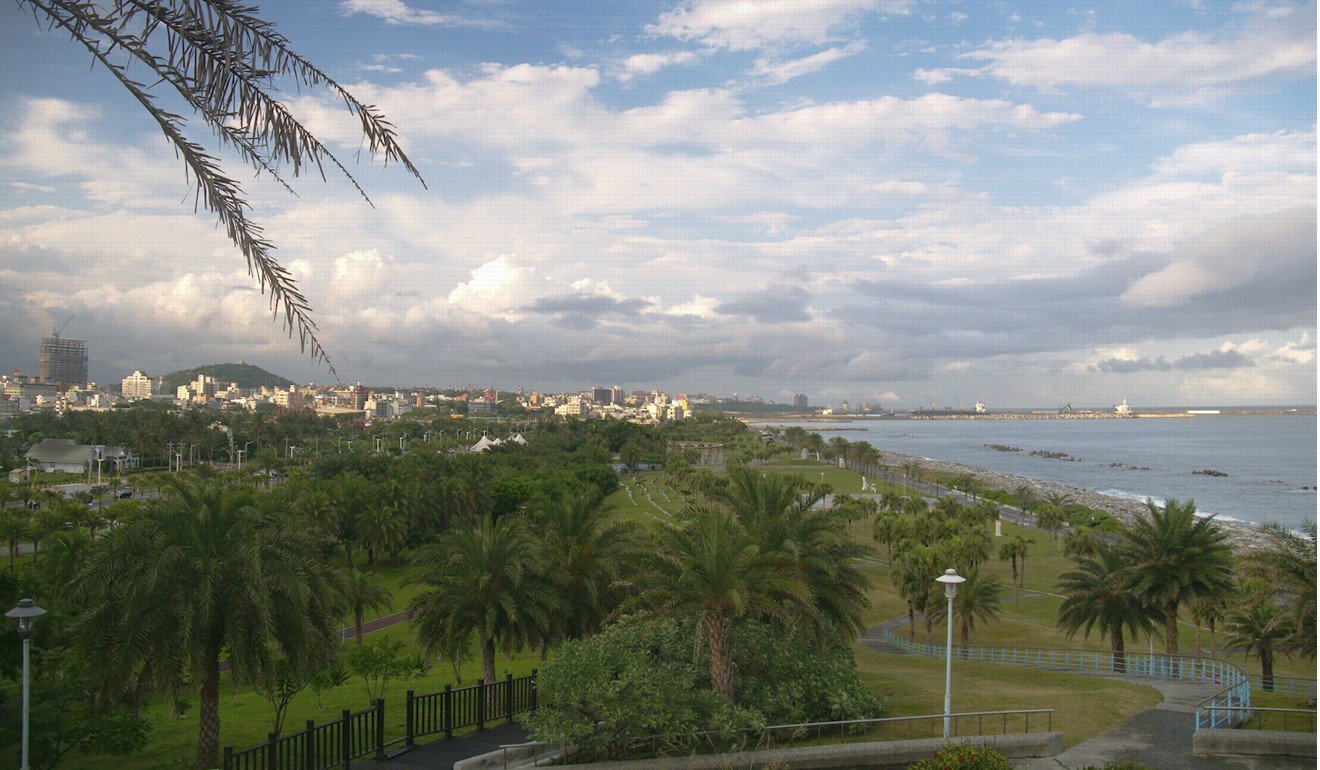
Sandwiched between the sea and towering cloud-veiled mountains, Hualien, situated on Taiwan’s picturesque northeastern coast, is a small, low-rise conurbation with a population of about 110,000 and has become one of Taiwan’s most popular tourist destinations.
Visitors can experience local cultural attractions, explore the rugged eastern coast by train or bicycle, or take one of regular shuttle buses from the railway station to the magnificent mountainous scenery of the Taroko National Park. It’s a relaxing and shabby chic sort of place with perhaps slightly more emphasis on the shabby than the chic. And it is strangely deserted.
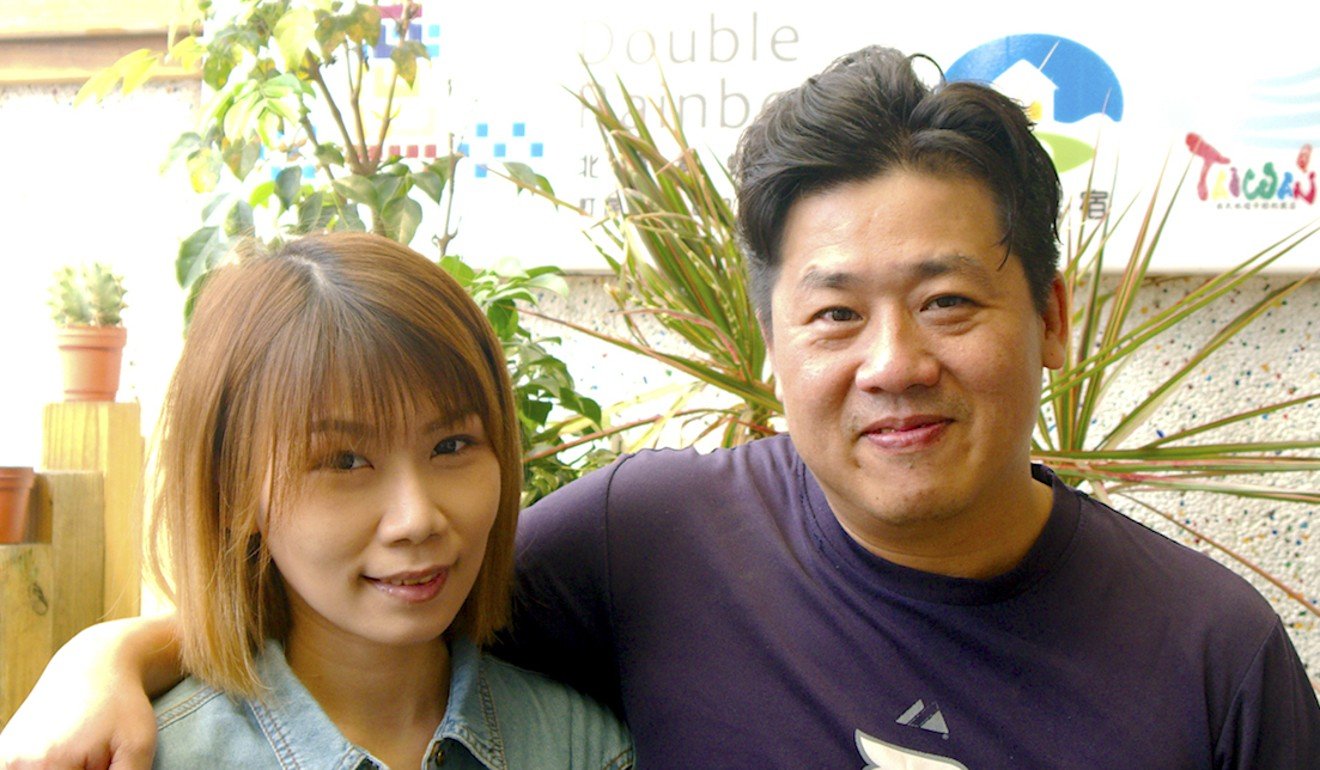
The palm tree dotted promenade is empty, the whale watching excursion boat remains secured to the pier, and we are the only guests in the Double Rainbow B&B, despite its glowing online reviews, expansive sea views and modest room rate (HK$434, including breakfast).
“The earthquake was bad. It lasted three to four days but we knew this building was strong, so we just stayed inside,” says Tien Wei-jen, who runs the hotel with his wife. He is extremely attentive to our needs, with freshly brewed coffee offered on a regular basis, and when a casual inquiry is made about bicycle hire, two bikes materialise as if by magic at the front door of the hotel, free of charge.
Times are tough for Tien and his young family of four, and he simply can’t afford any unhelpful reviews or bad press.
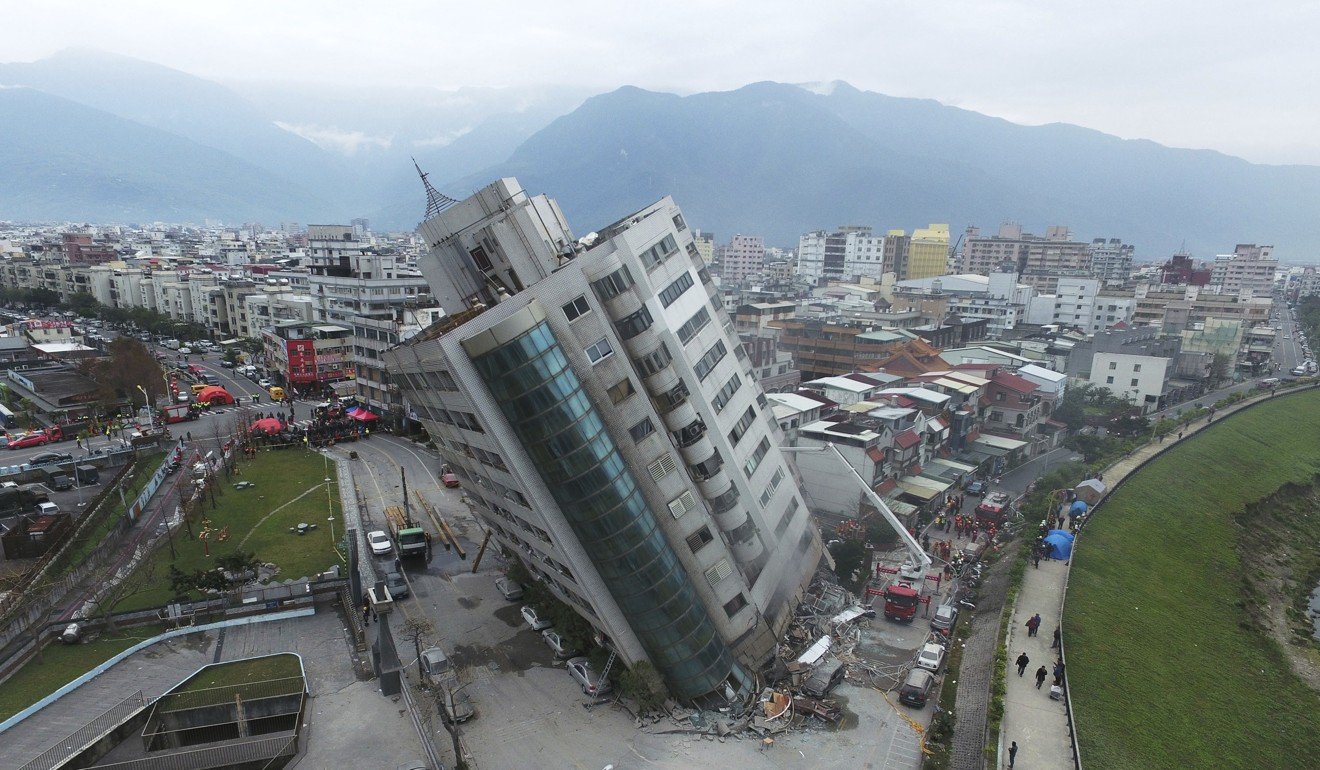
Earthquakes are not rare in this part of Taiwan. There were 601 quakes recorded in the first three months of 2018, higher than the annual average over the previous three years, due mainly to aftershocks from the February quake. It sounds alarming, but according to Lin Tzu-wei, a section chief at the Taiwan Weather Bureau’s Seismology Centre, only 76 were major or significant. Lin also told local media that another serious fault movement in that area was unlikely in the near future, but it’s not just earthquakes that are hurting local visitor-dependent businesses in Hualien.
How to get hands-on picking and roasting China’s Longjing tea, famous brew from Hangzhou’s West Lake
China is by far Taiwan’s biggest source of tourists, but official figures from the Taiwan Tourism Bureau reveal that in 2017 the number of visitors from China dropped by 22 per cent and the trend is continuing this year. Many put the change down to Beijing’s disapproval of the election of President Tsai Ing-wen in May 2016 and the more autonomous tone of her Democratic Progressive Party’s political rhetoric.
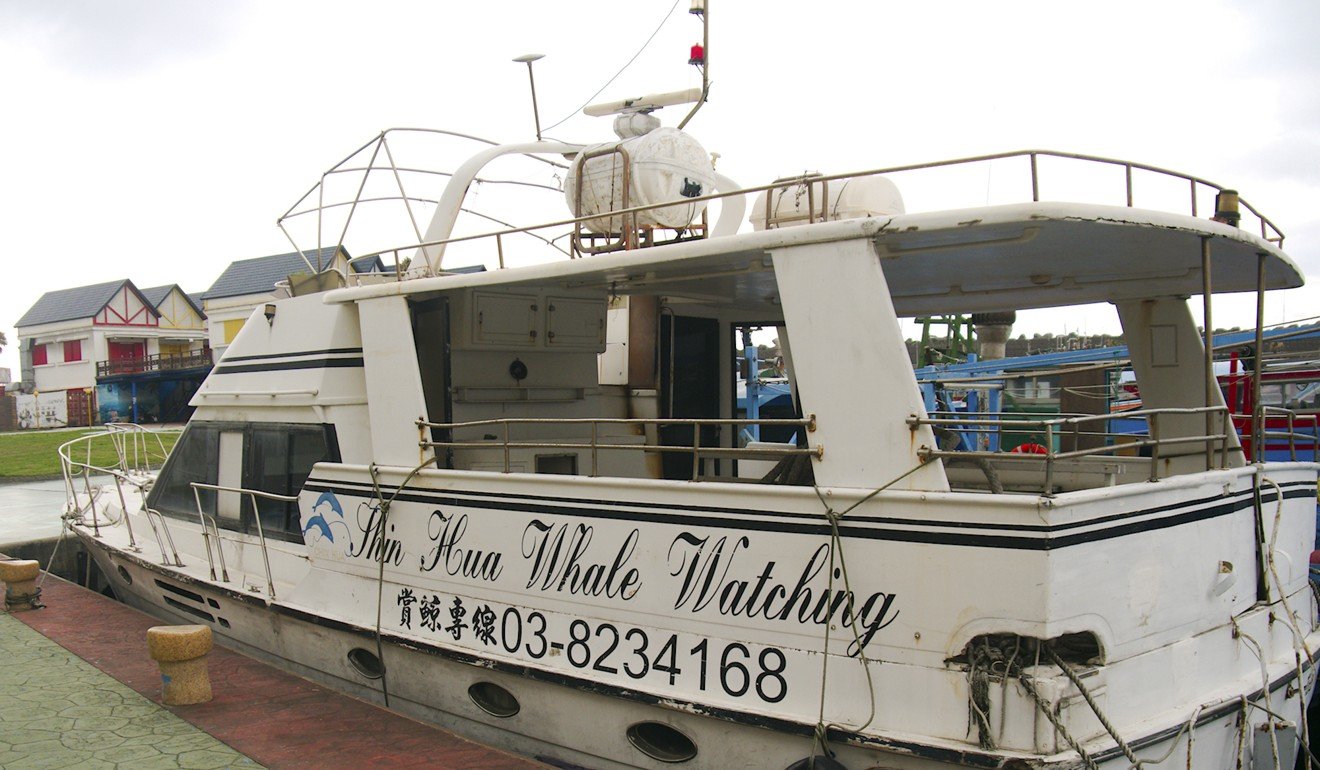
Whatever the reason, with fewer Chinese tourists, the government is looking to increase visitor numbers from Japan, Hong Kong and South Korea, which are second, third and fourth on the list of inbound tourist destinations, respectively. Hualien is very convenient to visit from Hong Kong, being only two hours away on a direct flight, but it seems work is needed to persuade more Hongkongers to visit the city.
My return flight to Hualien on Hong Kong Express cost HK$713, including all taxes, but the Airbus 320 aircraft was less than one-third full and on arrival there was no queue for taxis.
Boosting those numbers is now a political priority. Near the Hualien River, not far from the site where the 300-room Marshall Hotel collapsed in February, Taiwanese Premier William Lai Ching-te is leading a goodwill visit to the town surrounded by a press entourage, his staff and legislator Hsiao Bi-khim.
Kevin Tang, a reporter from the Taiwan People News, is waiting outside the old house that Lai is inspecting. He says the earthquake has caused big problems for Hualien’s economy, and with county elections scheduled for later this year, tourism is a hot political topic.
“The premier is visiting to learn more about local people’s needs and maybe to [promise] them an increased budget,” says Tang.
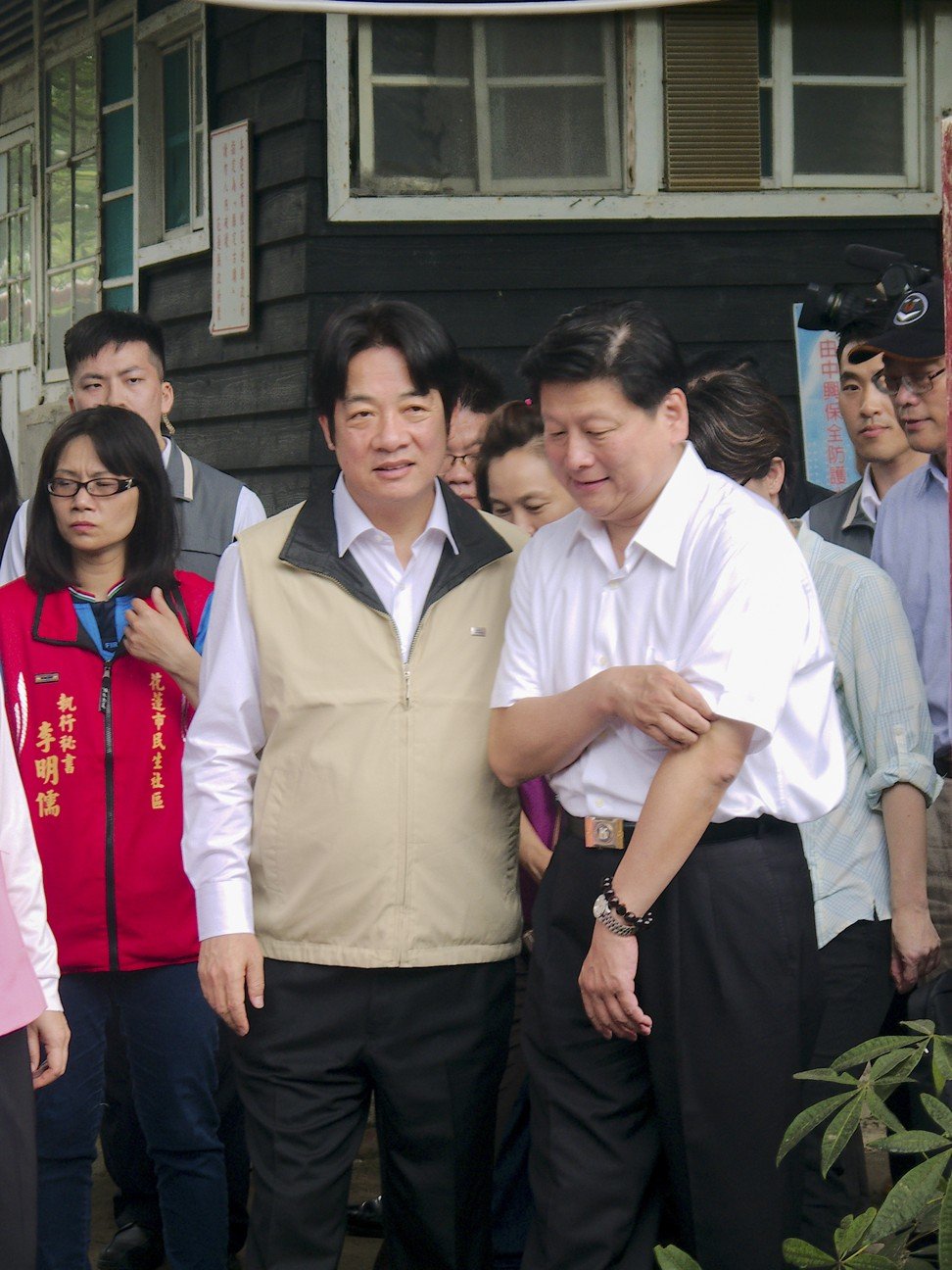
As Lai emerges from the building, wearing a cream-coloured fishing vest and being briefed by a local official, a mass of press photographers jostle for a shot of him. Lai ignores them and walks directly over to me to ask me about my visit and opinion of Hualien, as flashes go off and camera shutters click.
“Our first priority is to welcome more tourists to Hualien,” he says, as we pose with fixed smiles for the local press pack. Lai’s message is one that most businesses in the city would endorse.
“We are still not busy at all, but after the earthquake, no one came to Hualien,” says Jane Shiu, who opened her stylish eight-room boutique hotel called Before Sunrise on the seafront in July last year.
“Most of our visitors are from China, maybe some from Hong Kong and Korea, but we see very few Westerners,” she says.
There were more than 1.6 million arrivals in Taiwan from Hong Kong and Macau in 2017, according to tourism figures.

The large orange shuttle bus that takes guests on the 40-minute trip to the Taroko National Park, to enjoy the breathtaking spectacle of the gorges cut through the rock by the Liwu River, is carrying fewer than a dozen passengers. Back in the city, the Pine Garden, situated in the grounds of the impressive second world war headquarters of the Japanese military, is closed. The railway cultural park is open, but there is only a street cleaner there, sweeping away a few fallen leaves near an old steam train.
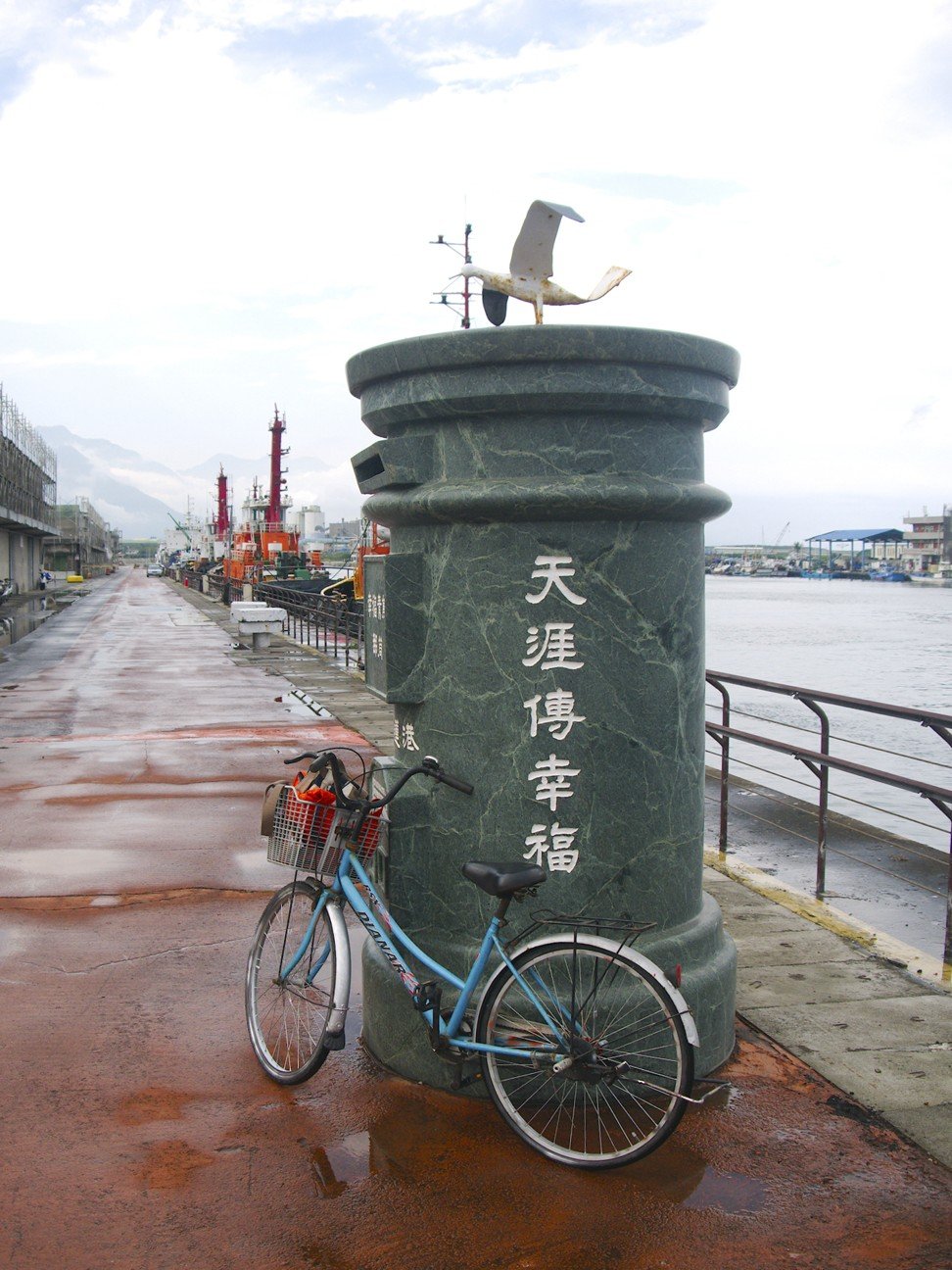
The cycle path that runs north along the coast to the Cilaibi lighthouse passes the fishing harbour, but none the shops or cafes show any sign of life. The path then leads through an abandoned industrial landscape with an ugly scrapyard and the occasional pile of dumped rubbish. The lighthouse is not open to the public.
For all its charm and stunning scenery, it has to be said, some parts of Hualien feel like a ghost town and urgently need smartening up.
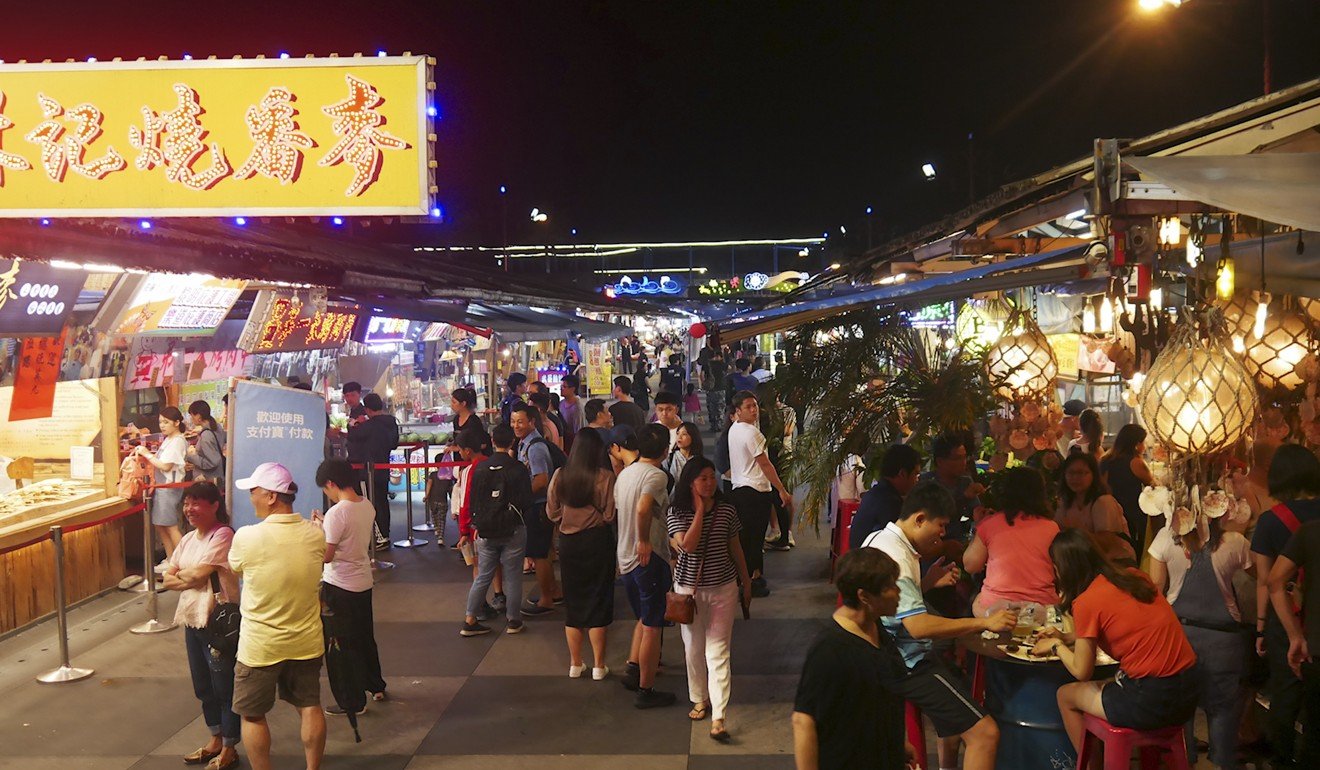
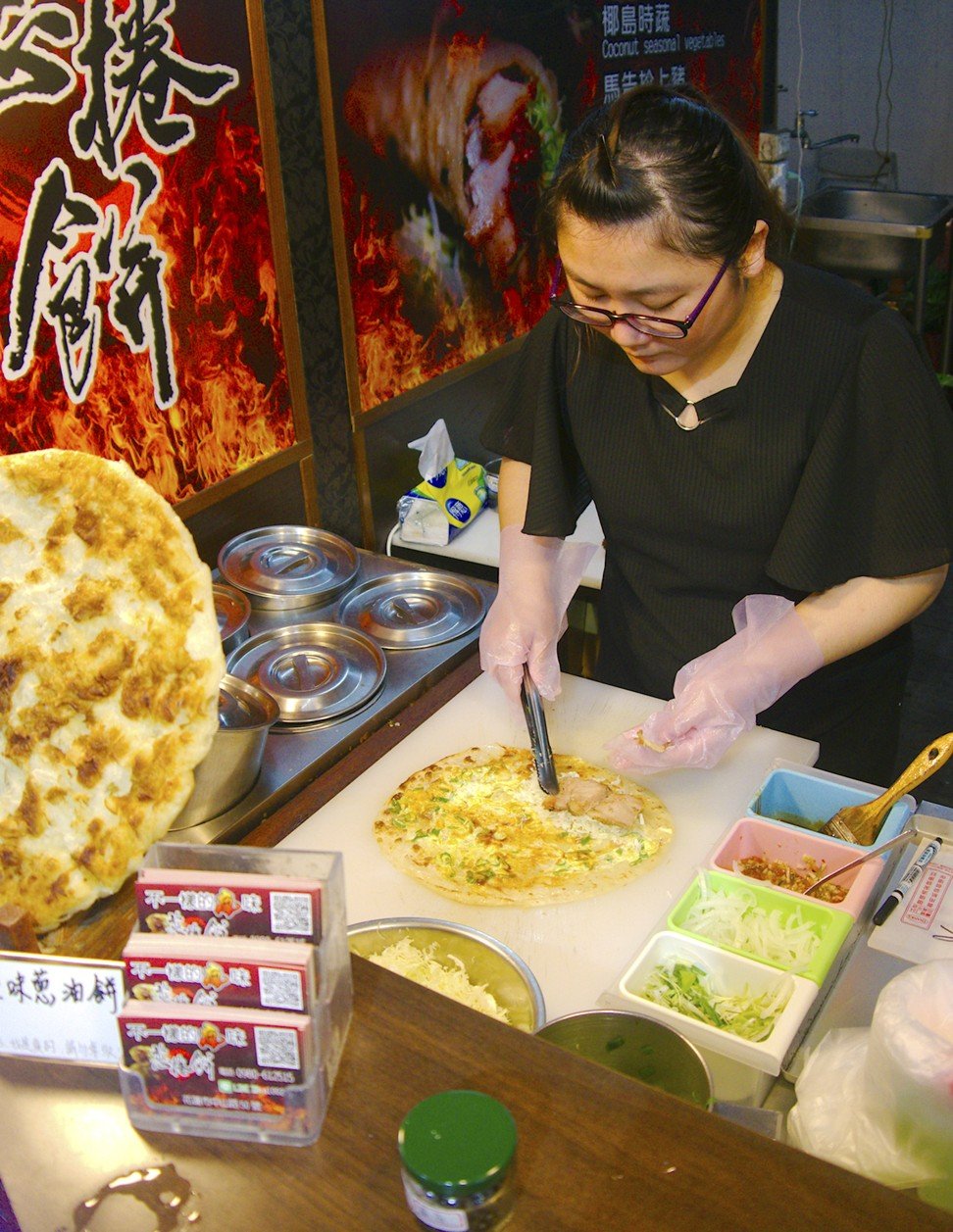
Friday night attracts a good crowd, but even the vendors who appear to be busy admit trade is patchy and they have been struggling since the quake.
Not far from the market, a retired American couple are spotted heading for the seafront promenade.
After a preliminary condemnation of President Donald Trump, which overseas and travelling Americans feel obliged to open any conversation with, the couple explain how much they like Taiwan.
“I think they are very welcoming here,” says Stephen Scott, a retired engineer from Pennsylvania, who is travelling with his wife, Delphine, on a three-week Asian trip that will end in Japan. They say they like “to get a sense of the local people” on their travels, and find Taiwan much easier to negotiate than China and far less congested than Hong Kong.
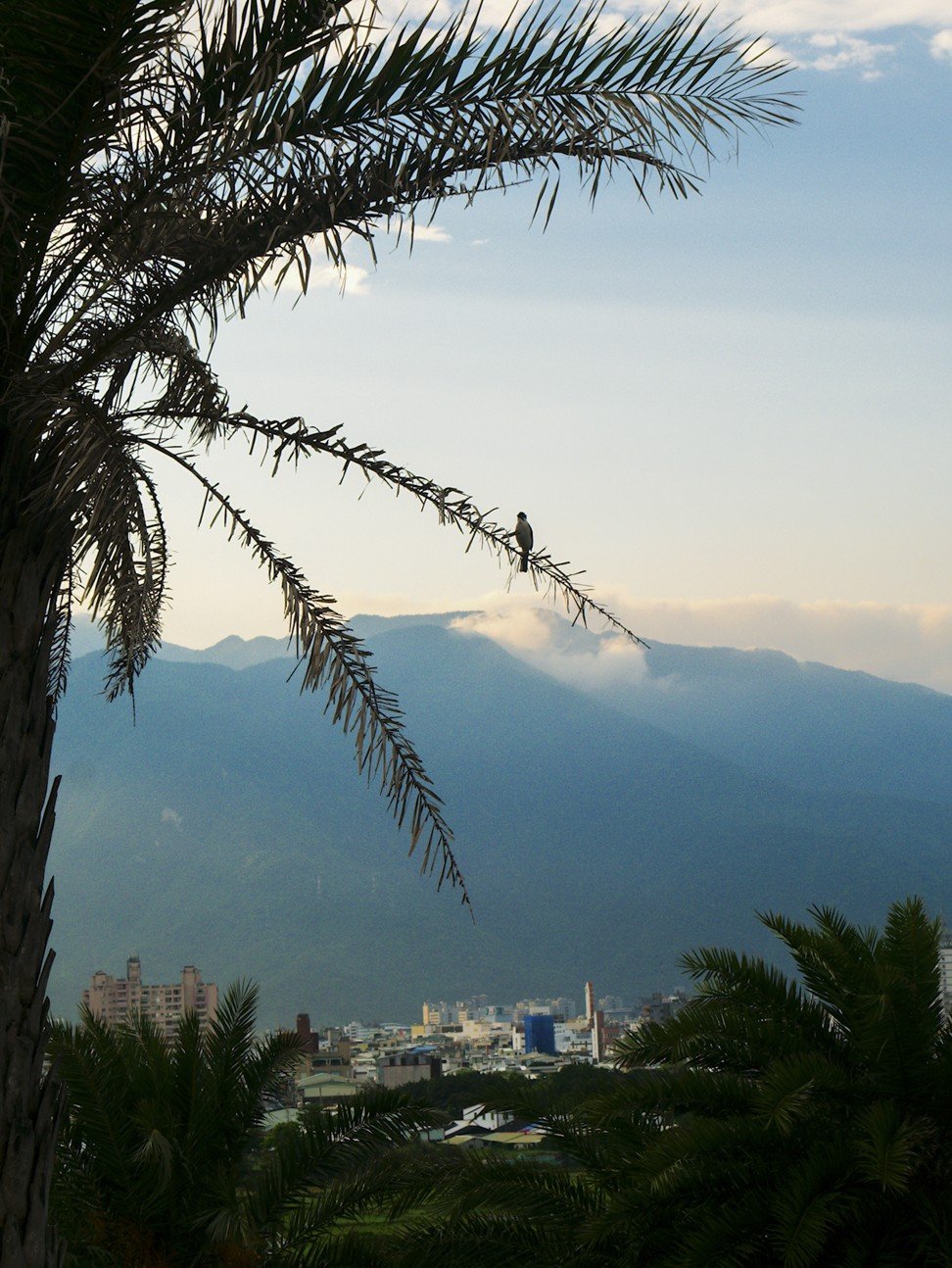
“From the US perspective, Taiwan is just not on people’s radar,” says Scott, who was originally attracted to Taiwan by stories of the wonderful landscape and local butterflies.
There is something special about Hualien, but also an intangible sense of desperation as people struggle in the aftermath of the earthquake. It’s a political issue now, but the city probably only needs a little more exposure and modest investment to freshen up its attractions to get it going again. There is no need for anything inappropriate that might jeopardise its shabby charm and natural scenic appeal.
“Hualien is just quiet and relaxed. Please tell them not to put a Disneyland here,” Scott says.
Getting there
Hong Kong Express flies once every day from Hong Kong to Hualien. The flight time is about two hours.